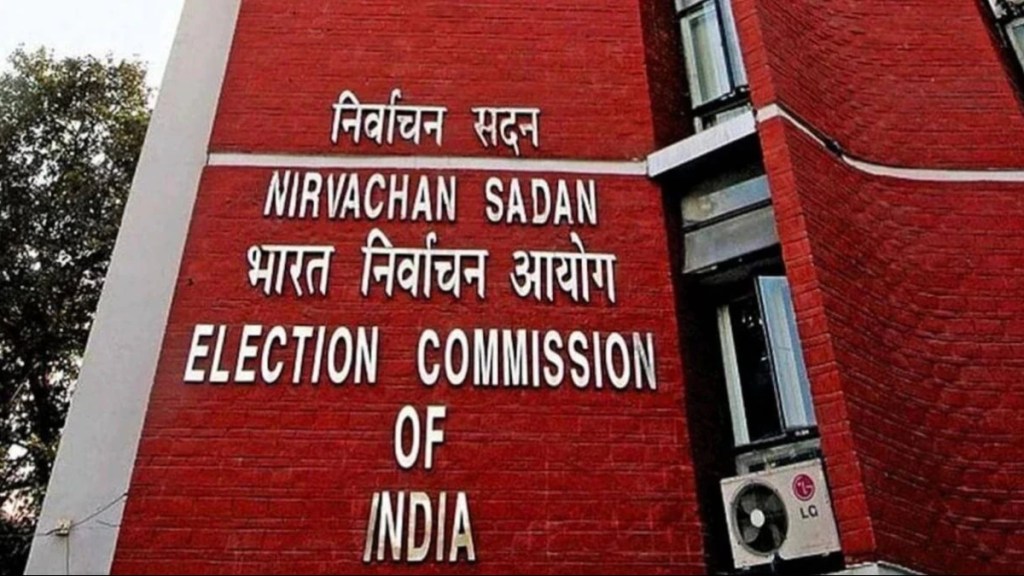In a bid to enhance the integrity and accessibility of India’s electoral process, the Election Commission of India (ECI) has announced three new initiatives aimed at improving the accuracy of electoral rolls and easing voter identification. These reforms focus on better data integration, improved voter communication, and greater transparency at the grassroots level.
Linking death registrations to electoral rolls
One of the key initiatives includes obtaining data on registered deaths directly from the Registrar General of India (RGI). This move will allow Electoral Registration Officers (EROs) to receive timely updates and remove deceased individuals from the rolls efficiently. The initiative is designed to reduce reliance on public submissions under Form 7 and enable Booth-Level Officers (BLOs) to verify such updates during field visits.
Enhanced Voter Information Slips (VIS)
The Voter Information Slip (VIS) has been redesigned to include prominently visible serial and part numbers. This adjustment will help voters more easily identify their polling stations and enable polling officials to locate names quickly during elections. The change is expected to improve the voting experience, particularly in large or congested polling areas.
Identity cards for booth-level officers
To foster public trust and facilitate smoother communication, BLOs will now be issued standard photo identity cards. As the primary point of contact between the Election Commission and voters, BLOs play a vital role in registration and verification processes. The identity cards will ensure that they are easily recognisable during door-to-door verification drives.
The Election Commission of India introduced three new initiatives aimed at improving the accuracy of electoral rolls. These include obtaining data on death registration for updation of electoral rolls electronically, issuing standard identity cards to BLOs and making Voter… pic.twitter.com/Sj89qc9lbq
— ANI (@ANI) May 1, 2025
How will the new measures help improve accuracy of electoral process?
These measures align with the vision of Chief Election Commissioner Gyanesh Kumar and were introduced following the Conference of Chief Electoral Officers in March. The reforms reflect a broader commitment by the EC to use technology and standardised procedures to make elections more inclusive, transparent, and efficient.
With these steps, the EC aims to build public confidence in the electoral system and ensure a more accurate and accessible democratic process.

